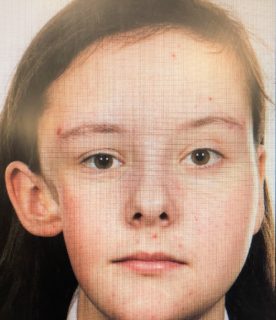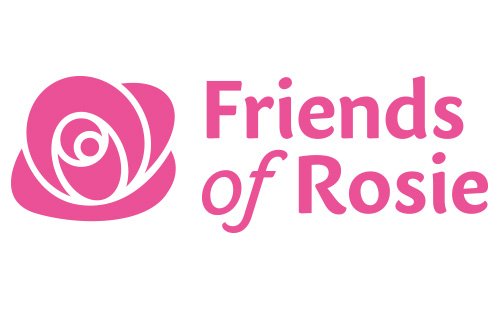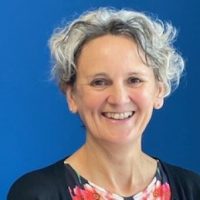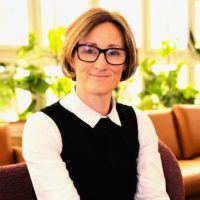In 2020, we kickstarted new research looking into ways to decrease the risk of facial asymmetry in children with cancers in the head and neck. Your donations make this research happen. So, to keep you updated on how your donations are being used, we recently caught up with the project team at The University of Manchester to find out how they’re getting on with the project.
Background

Radiotherapy is a key part of treatment for many children diagnosed with cancer. Radiation successfully destroys cancer cells but can also damage the surrounding healthy tissue. In the UK, over a quarter of childhood cancers require radiation to the brain, face, head or neck. As children’s bones and healthy tissues are still growing, the radiation dose used to destroy the cancer cells can cause side effects such as stunted or slowed growth. Unfortunately, this essential treatment can lead to facial disfigurement and noticeable asymmetry later in life. Such asymmetry may require corrective surgery and is likely to impact a patient’s quality of life and emotional well-being.
Thanks to our supporters, we are funding this pioneering research to develop tools to analyse medical imaging data to better understand the causes of facial asymmetry, so better radiation treatments can be delivered in future.
Since our last update, researcher Dr Abigail Bryce-Atkinson has made great progress on this project and a new team member, Dr Angela Davey, has now joined the team to lead the development of these research methods. Together, they provide an update.
Update from the research team
Abigail: To be able to use image-based data mining (IBDM), we first need to accurately measure the amount of facial asymmetry from a medical image. To do this, we have produced a descriptive guide for manually measuring facial asymmetry and used this guide to label key anatomical locations in medical images.
Within our research group, a ‘deep-learning’ tool (a type of artificial intelligence) was developed so these locations can be identified automatically by a computer, with the same accuracy expected from expert medical professionals. To measure the amount of asymmetry at these key locations with high efficiency, we are testing computational methods, such as image registration (the process of deforming one image to another) to compare the left and right side of the face numerically. This has a big advantage over other methods as it does not rely on subjective measurements or descriptions of the images.
Angela: I have recently completed my PhD, having worked for the past four years to develop ‘data mining’ tools to identify ways to improve radiotherapy for patients with lung cancer. I am now very much looking forward to applying this knowledge to develop kinder treatments for children undergoing radiotherapy.
With Abigail’s guidance, I have taken the lead on the development of image registration methods and will soon be testing these on medical images collected from patients treated at The Christie NHS Foundation Trust. From here, we will be able to update our existing data mining method to relate the radiotherapy dose patients have received in each location to the amount of asymmetry at that location over time. I have also been working closely with Dr Shermaine Pan, a clinical oncologist at The Christie, to gain understanding on what is required to help clinicians routinely investigate facial asymmetry.
From these discussions, we aim to develop an “atlas” to help clinicians outline the bones in the face, which will be a valuable tool to aid clinical practice. The atlas will be the first step in defining new radiotherapy dose limits for facial bones, which in combination with this project, aims to reduce the risk of asymmetry in future treatments.
Our thanks go to Friends of Rosie and all the supporters for providing vital donations to support this research that will ultimately improve the quality of life of childhood cancer survivors. We look forward to updating you with our progress in 2022!
Angela Davey, Abigail Bryce-Atkinson, Rebecca Holley, and Marianne Aznar




